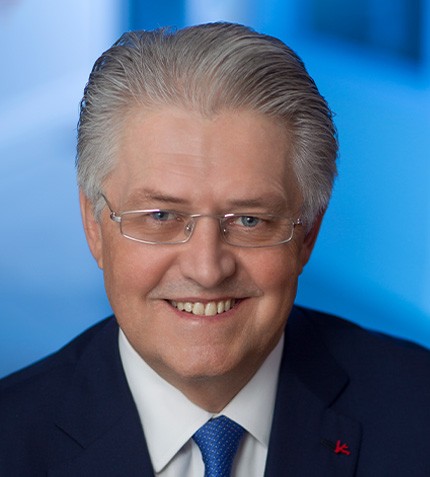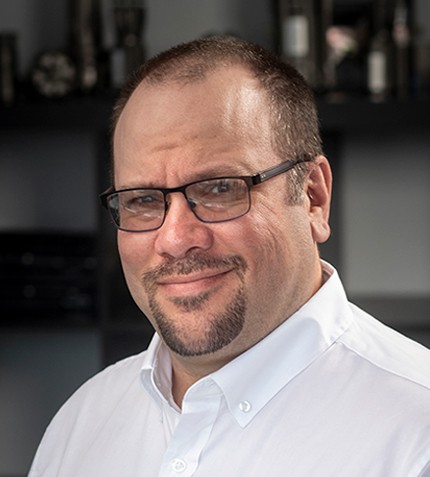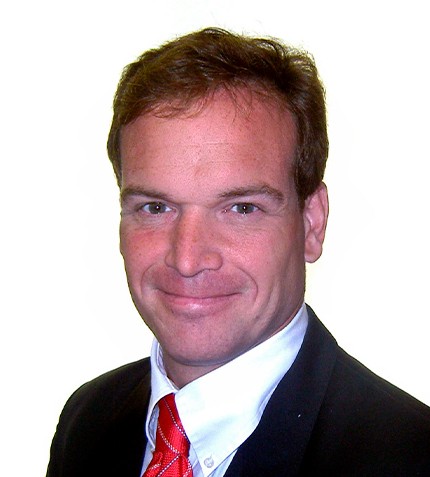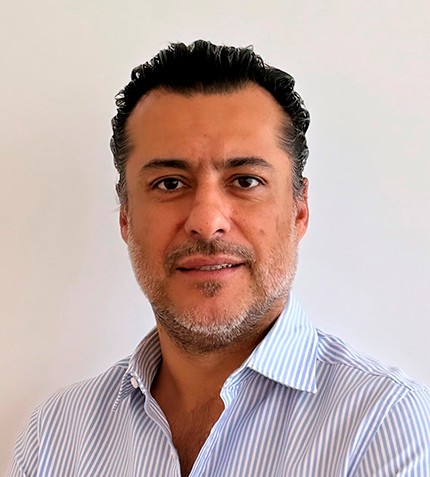
"Pebble is a critical asset: it is the largest undeveloped copper project in the world, and it is polymetallic."
Ronald Thiessen
CEO, NORTHERN DYNASTY MINERALS LTD.
Can you present Northern Dynasty Minerals and the Pebble project?
Northern Dynasty’s sole asset is the Pebble project in Alaska. We acquired it in 2001 and have spent over US$1 billion on the project to date. We have drilled over a million feet of HQ diamond core. Our resources contain large quantities of copper, gold, molybdenum, silver and rhenium. About 55% of those resources are in the M&I category – some 6.5 billion tons grading 0.40% copper, 0.34 g/t gold, 240 ppm molybdenum, 1.7 g/t silver, and 0.41 ppm rhenium, containing some 57 billion pounds of copper, 71 million ounces of gold, 3.4 billion pounds of molybdenum, 345 million ounces of silver and 2.6 million kilograms of rhenium.
We have done two PEAs, the first in 2011 – which envisioned 125 years of mine life, 75 years of mining, and 50 years of processing the low-grade stockpiles. The second in 2021 was based on the economic model we took into permitting in 2017, involving about 1.2 billion tons that envisioned a 20-year mine life. This is a very large deposit and there may be opportunities for different types of mining to be used, and process plant scale or throughput depending on the environmental footprint and metal prices at various times. The 20-year mine life plan that we submitted for permitting has a capex of about US$6 billion.
What does the October 2022 report by the Transportation and Infrastructure Committee mean for the project?
This report is a politicized document. It does not take facts or science, and most importantly the final EIS - the official record - into account. Tom Collier (former CEO of the Pebble Partnership) was called before Congress to give testimony about the federal environmental review of the project. In his prepared statement, Mr. Collier responded to unfounded accusations by project opponents that Pebble intended to use a permit for a 20-year project to build and operate a much longer and larger mining project. Nonetheless, the Committee has adopted the baseless rhetoric of Pebble opponents and is promoting the storyline that Mr. Collier’s testimony was intended to mislead Congress into believing that Pebble’s permit application for a 20-year mining project somehow foreclosed the possibility of future expansion—even though the Army Corps had already determined that future expansion of the project was reasonably foreseeable, based on Pebble’s own disclosures.
How can US policymakers strike a balance between environmental concerns and the growing need to extract critical minerals?
It is challenging because anti-development groups do not believe that North America needs any mines and that all metals required for the US economy can be obtained via recycling. Moving towards a green economy requires electricity, which requires an enormous amount of copper.
The US currently imports 40% of its copper, and by 2030 this is forecasted to be 80%. We need to move towards much more copper metal production in a country that has the most stringent environmental, social, and labor standards; or are we willing to continue to source our metal from a country that uses coal-fired power plants to smelt, refine and produce the copper metal?
What are the next milestones at Pebble?
Permitting in the US has become extremely challenging. Any mine can take 10 years or longer in the permitting process, and this almost always involves litigation. It is getting rarer for one of the executive branches of the US government to issue a permit, so the applicant must take the permitting agency (in our case the US Army Corps of Engineers) to court and require them to adhere to the rule of law. We have had challenges with some federal agencies, such as the EPA, which is considering a proposal against any type of mining in the area where our mineral concessions are located. But Pebble is a critical asset: it is the largest undeveloped copper project in the world, and it is polymetallic. Overall, we feel we are well advanced in our drive to permit the project as we have a final EIS published by the Army Corps of Engineers. We now have our eyes firmly on the next step, getting a positive Record of Decision (ROD) which effectively is our federal permit.










